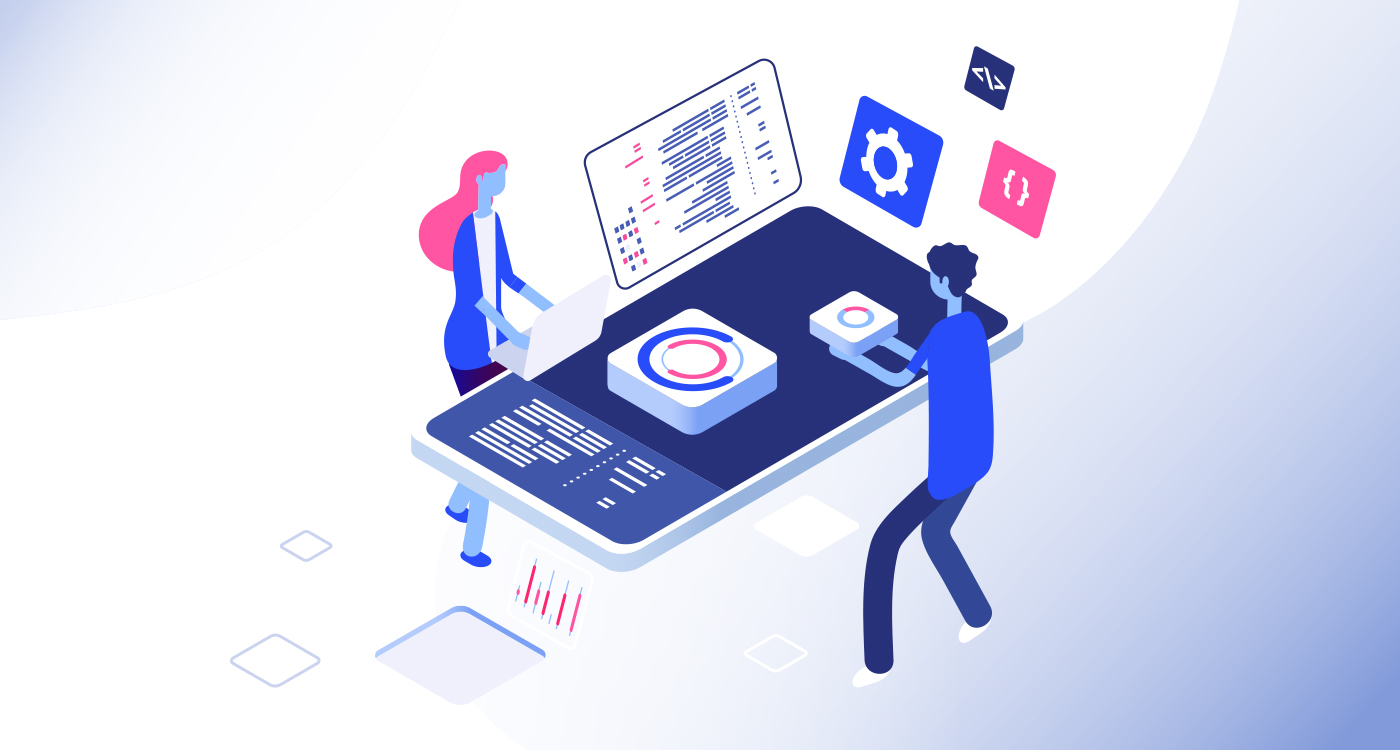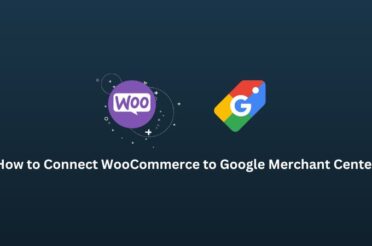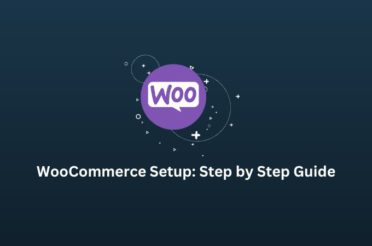Smartphones have become more prevalent in society in the last decade, lending themselves to serve their original purpose: a phone and a means for people to interact with each other and businesses online. It’s important to acknowledge the rise of mobile apps that help create an online shopping environment for e-commerce. From the comfort of our palms, we can peruse virtual aisles, explore an expansive array of products, and have them delivered to our doorstep with a simple tap. The intersection of technology and commerce has created an era where mobile apps streamline transactions and create seamless shopping experiences, spanning fashion, groceries, and beyond.
It’s not just about goods and meals; services are becoming increasingly tethered to our smartphones. Whether getting a ride, finding a handyperson, or booking a spa day, mobile apps have become the conduits through which we access services.
In this era of app-centric living, the path is clear: mobile apps are not just a trend but the definitive future. The demand for innovative and user-friendly mobile apps continues to soar as businesses across all industries recognize their possibilities. From improving your experience to using AI and augmented reality, mobile app development is changing the digital world.
In this comprehensive review, we delve into the trends shaping mobile app development, dissect the choices between native and web-based app development, navigate the distinctions between iOS and Android platforms, and unravel the pivotal role that programming languages play in crafting the applications that are steering us into the future.
Trends in Mobile App Development
Artificial Intelligence (AI) and Machine Learning (ML): Integrating AI and ML algorithms has become a key trend in mobile app development. These technologies empower apps to learn user behavior, offer personalized experiences, and provide advanced features like voice recognition and image processing.
Augmented Reality (AR) and Virtual Reality (VR): Picture your mobile apps as gateways to AR and VR. Whether you’re playing games, studying, or managing your health, developers are using this technology to make the experiences more interactive than before.
5G Technology: The rollout of 5G networks is set to revolutionize mobile app development by significantly improving data speed and reducing latency. This opens up new possibilities for real-time communication, augmented reality, and high-quality multimedia content within apps.
Internet of Things (IoT): You can control all your intelligent gadgets by linking IoT to your smartphone. Mobile apps are turning into the control center for everything IoT—whether you’re managing your smart home or keeping an eye on your wearable tech.
Blockchain Technology: Security and transparency are paramount in the digital age. Blockchain is gaining traction in mobile app development to ensure secure transactions, data integrity, and decentralized architectures.
Chatbots and Conversational Interfaces: The rise of chatbots and conversational interfaces transforms customer interactions within mobile apps. Businesses adopt these features to provide instant support, gather user feedback, and enhance user engagement.
Native App Development vs. Web-Based App Development
Native App Development:
Native apps are designed to run on a specific operating system, such as iOS or Android. Here are some key aspects of native app development:
Advantages:
- Performance: Native apps generally offer better performance as they are optimized for the specific platform’s hardware and software.
- User Experience: The interface is consistent with the platform’s design principles, resulting in a seamless user experience.
- Access to Device Features: Native apps directly access device-specific features, such as cameras, GPS, and sensors, allowing for feature-rich applications.
Disadvantages:
- Development Time: Building separate versions for iOS and Android can increase development time and cost.
- App Store Approval: Submitting and getting approval for apps on app stores involves a more stringent process.
Web-Based App Development:
Now, let’s talk about web-based cross-platform or hybrid apps. Developed using web technologies like HTML, CSS, and JavaScript, these apps can run on different platforms. Here are the critical points of web-based app development:
Advantages:
- Cost-Effective: Building a single codebase for multiple platforms can be more cost-effective than developing separate native apps.
- Faster Development: Changes and updates can be deployed faster since there’s only one codebase to maintain.
- Easier Maintenance: Developers can simultaneously address issues and implement updates across all platforms.
Disadvantages:
- Performance: Web-based apps may not match the performance of native apps, especially for resource-intensive tasks.
- Limited Access to Device Features: While cross-platform frameworks improve, access to certain device-specific features may still be limited compared to native development.
Choosing between native and web-based app development depends on project requirements, budget, and the desired user experience.
iOS App Development vs. Android App Development
iOS App Development:
Developing apps for the iOS platform involves using Apple’s programming language, Swift, and adhering to the guidelines set by Apple. Here are some key aspects of iOS app development:
Advantages:
- High-Quality User Experience: iOS devices are known for their sleek design and consistent user interface, resulting in a high-quality user experience.
- Monetization Opportunities: The App Store has a large user base, and iOS users are often more willing to pay for apps, providing lucrative monetization opportunities for developers.
- Consistent Hardware: Apple’s smaller range of devices allows for more straightforward testing and optimization of apps.
Disadvantages:
- App Store Approval Process: Getting an app approved on the App Store can be rigorous, with strict guidelines to follow.
- Development Tools: Developers are restricted to using Xcode and macOS for iOS app development.
Android App Development:
Developing apps for the Android platform involves using Java or Kotlin and adhering to Google’s guidelines. Here are some key aspects of Android app development:
Advantages:
- Open Source: Android is an open-source platform, providing more flexibility for developers to customize and modify the operating system.
- Diverse Market: Android has a larger market share globally, offering developers access to a broader user base.
- App Distribution: Unlike iOS, Android apps can be distributed through multiple channels, not just the Google Play Store.
Disadvantages:
- Fragmentation: The wide variety of Android devices with different screen sizes and hardware specifications can lead to fragmentation issues, making optimization challenging.
- Security Concerns: Android’s open nature can make it more susceptible to security threats than the closed iOS ecosystem.
Choosing between iOS and Android development depends on the target audience, project goals, and budget constraints. Some developers create apps for both platforms to reach a wider audience.
Programming Languages in Mobile App Development
The correct programming language is crucial in mobile app development, as it determines the application’s efficiency, performance, and scalability. Here are some popular programming languages used in mobile app development:
Swift (iOS): Developed by Apple, Swift has gained popularity for its speed, readability, and safety. It is the primary language for iOS app development and is known for reducing development time and preventing errors.
Objective-C (iOS): While Swift has become the preferred language for iOS development, Objective-C is still relevant and often used to maintain and update older iOS applications.
Java (Android): Java has been a staple in Android app development for years. It offers versatility, platform independence (through the Java Virtual Machine), and a vast ecosystem of libraries and tools.
Kotlin (Android): Kotlin, endorsed by Google, has gained traction as an alternative to Java for Android development. It is concise, expressive, and interoperable with existing Java code, making the migration process smoother.
JavaScript, HTML, and CSS (Web-Based Apps): JavaScript, HTML, and CSS are core technologies for web-based app development using frameworks like React Native and Ionic. They allow developers to build cross-platform apps with a single codebase.
Dart (Flutter): Dart is the programming language used with the Flutter framework, a UI toolkit developed by Google. Flutter allows for the creation of cross-platform apps with a focus on a consistent and beautiful user interface.
C# (Xamarin): Xamarin, a Microsoft-owned framework, uses C# for cross-platform app development. It allows developers to share a significant portion of code across iOS and Android platforms.
Python (Kivy): Kivy is an open-source Python framework for developing cross-platform mobile applications. It is known for its simplicity and is suitable for rapid prototyping.
Selecting the appropriate programming language depends on factors such as the target platform, project requirements, and the developer’s expertise. When making this decision, it’s essential to consider factors like performance, ease of development, and community support.
Conclusion:
Making mobile apps is constantly changing thanks to new technologies and what users want. Developers need to stay on top of trends to create cutting-edge applications.
The choice between native and web-based app development depends on project specifics, including budget constraints and desired user experiences. Think of native apps as the high-performance race cars of the app world—they run smoothly and have access to all the fancy features your device offers. On the other hand, web-based apps are like reliable bikes—they’re cost-effective, can be built faster, and are easy to keep in shape. It’s like choosing between speed and efficiency based on what suits your app journey best.
When selecting a platform, iOS and Android have their strengths and weaknesses. Developers often choose based on target audience, monetization strategy, and development tools. The programming language used is critical, impacting the app’s performance, scalability, and maintenance. Swift and Objective-C are predominant for iOS, while Java and Kotlin dominate Android development. Cross-platform frameworks provide alternatives for building apps that run on multiple platforms.










